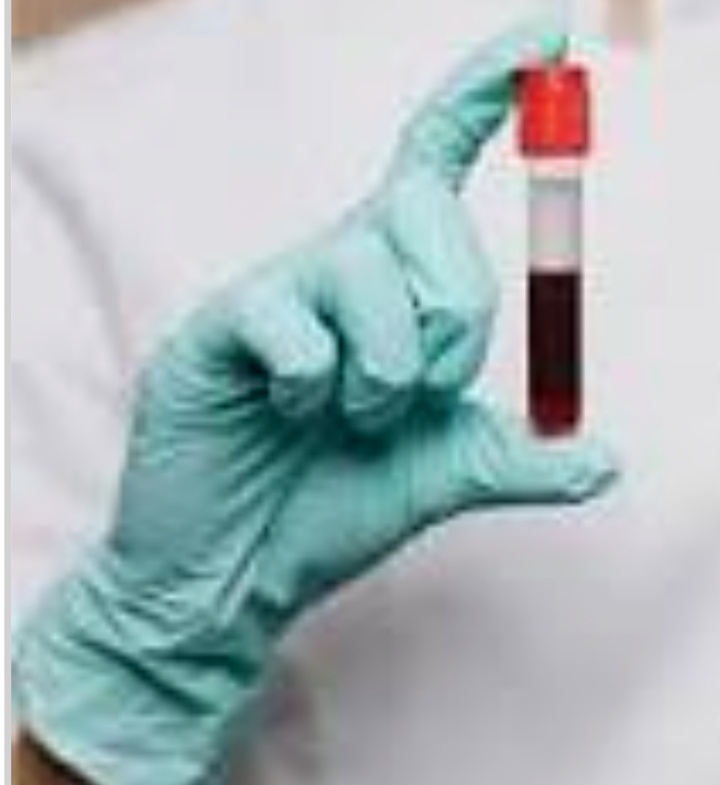“Harvey G. Klein, chief of the department of transfusion medicine for the National Institutes of Health, explains.
The types of proteins, glycoproteins and glycolipids found (or expressed) on the surface of red blood cells define blood types. In addition, blood types, or at least the genes responsible for them, are inherited. Karl Landsteiner described the original blood types–A, B and O–in 1900 and doctors now recognize 23 blood group systems with hundreds of different “types.” Many of the blood type antigens (and the antibodies that react with them) have been discovered as a result of transfusion incompatibilities. Some of these molecules have additional functions that are at least as important as conferring compatibility (of lack of compatibility) on transfusion recipients, however. The advent of sophisticated biochemistry and molecular biology has helped to characterize a number of these entities. Although it appears that the majority of the molecules are not essential for red cell function, some have specific functions on the red cell membrane such as allowing substances to enter and exit the red cell or binding certain substances to the cell surface.”
.
“

For some blood types, evolution and environmental selective pressures are clearly important for their persistence. For example, the Duffy blood type includes a receptor that allows certain types of malarial parasites to enter the red cell. Thus, in some malarial areas of Africa, populations with Duffy-negative blood types have a distinct survival advantage because absence of the Duffy antigen provides a measure of protection against malaria. The percentage of people lacking the Duffy antigen is much higher in these locations than in areas not endemic for malaria.
We do not yet know the functions of the A and B blood group factors. (The O blood type is defined as the absence of A and B factors.) They are most likely important, however, because they are expressed on many cells and tissues in addition to blood cells, and circulate in the plasma as well. There are statistical differences in the frequency of certain malignancies that correlate with the ABO blood groups: Group A subjects have about a 20 percent greater risk of developing cancer of the stomach than do group O individuals, for instance, whereas the latter appear to have a greater risk of developing ulcers. The reasons are unclear. These disease susceptibilities are unlikely to confer a significant survival advantage on a population, however, because (unlike malaria) they often occur beyond a subject’s reproductive years. On the other hand, there is some evidence that group O members are more susceptible than other blood type individuals to the agent that causes bubonic plague, whereas group A people are more susceptible to smallpox virus. These correlations may account for the increased frequency of the B gene in China, India and parts of Russia, which suffered epidemics of both of these diseases. Infectious organisms that carry A- and B-like antigens may have indeed played a role in the somewhat different distribution of blood types worldwide.

Finally, a number of myths exist about blood types. Claims have been made that people from group A have the worst hangovers, group O the best teeth, and group A2 the highest IQs, for example. With these and other purported associations, both the scientific basis and evolutionary significance are limited at best.”
.


